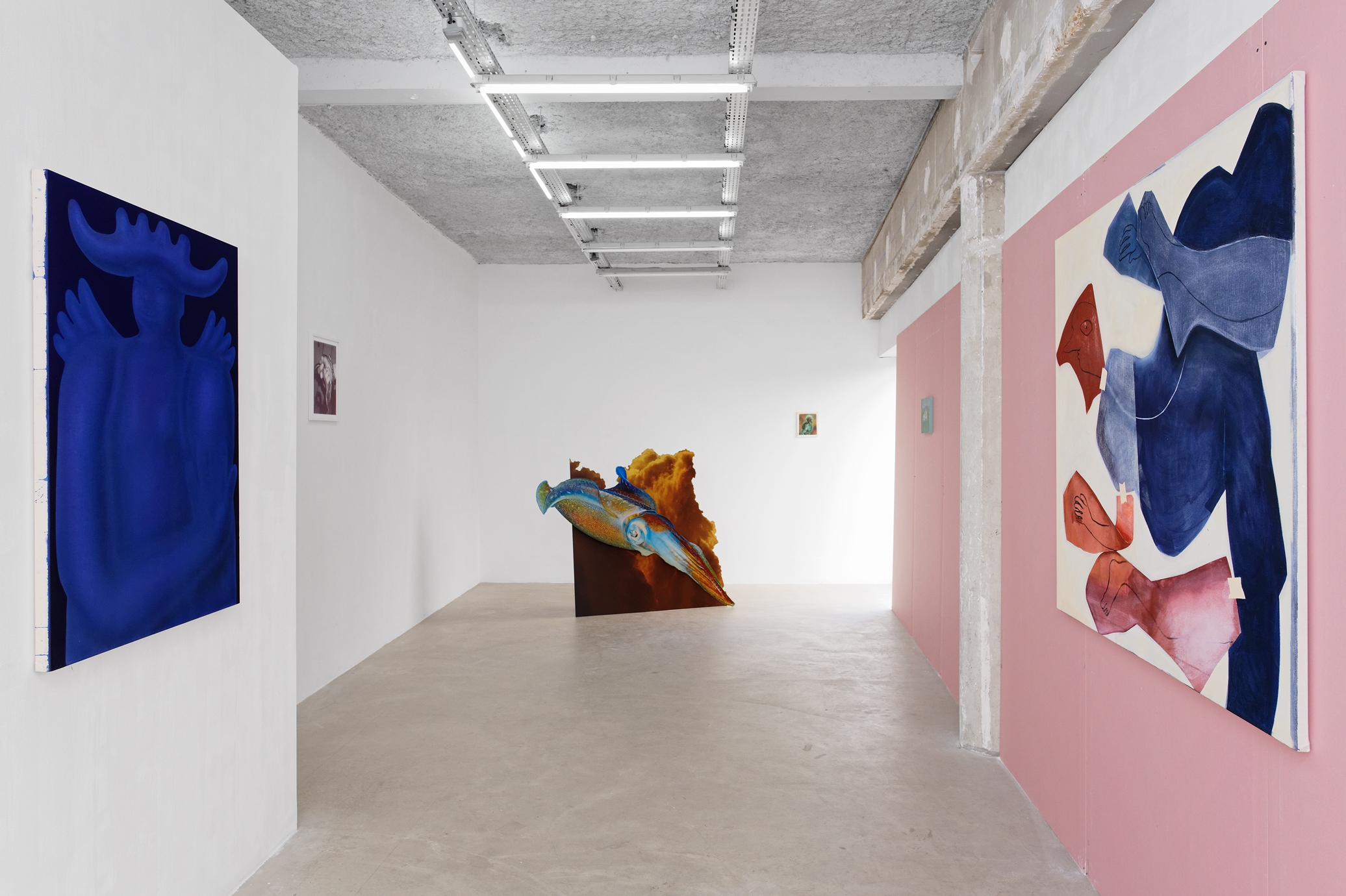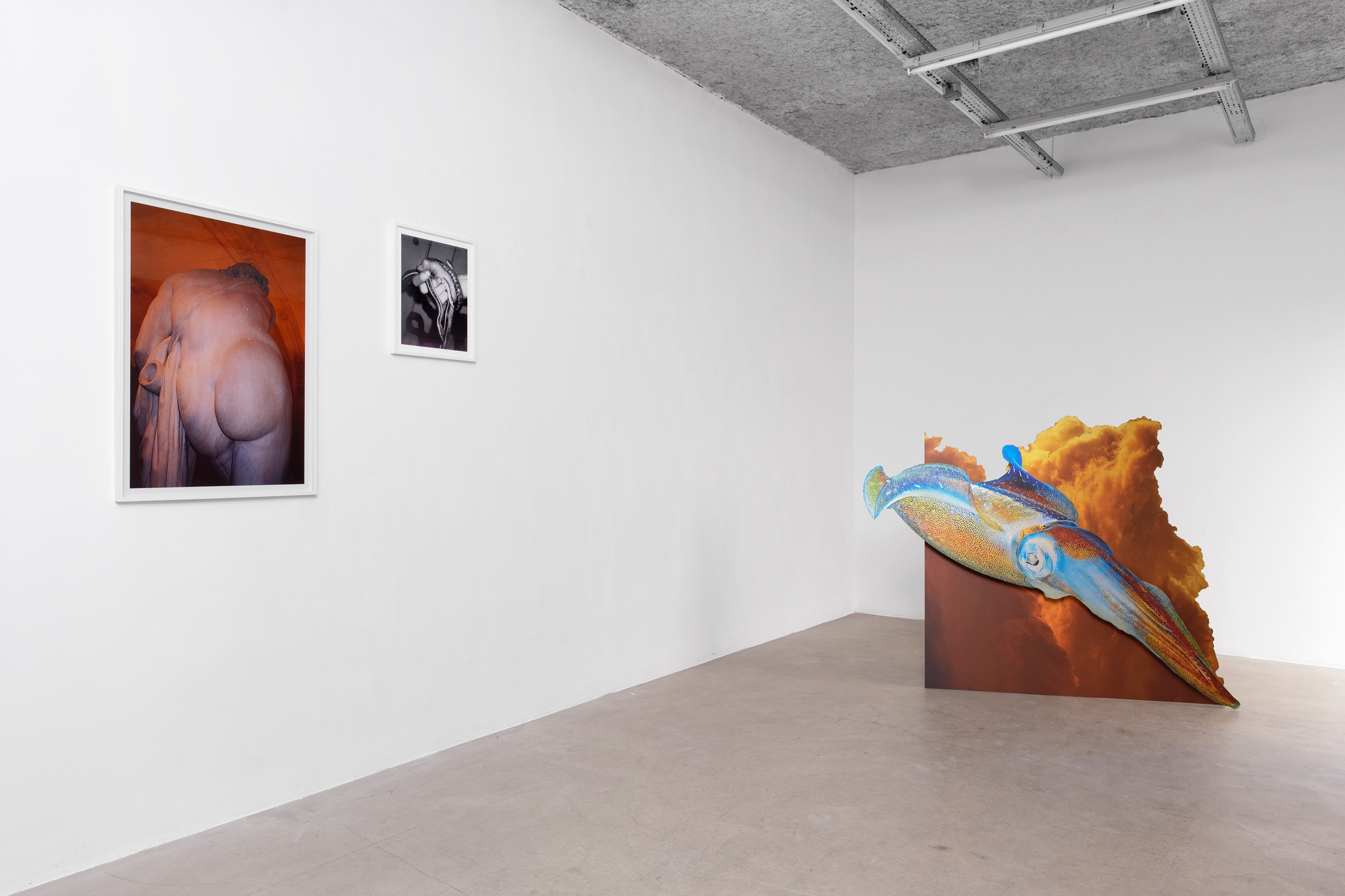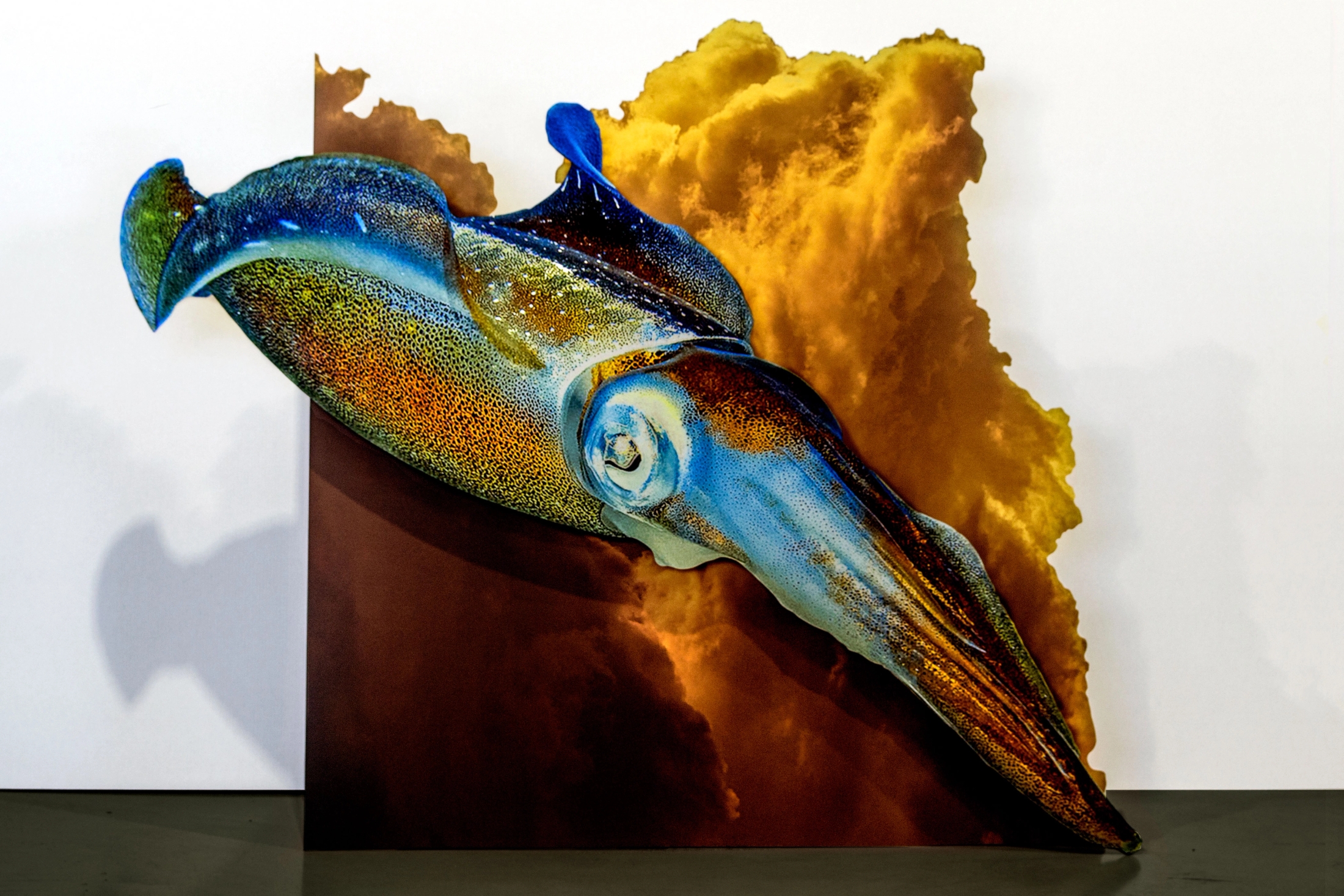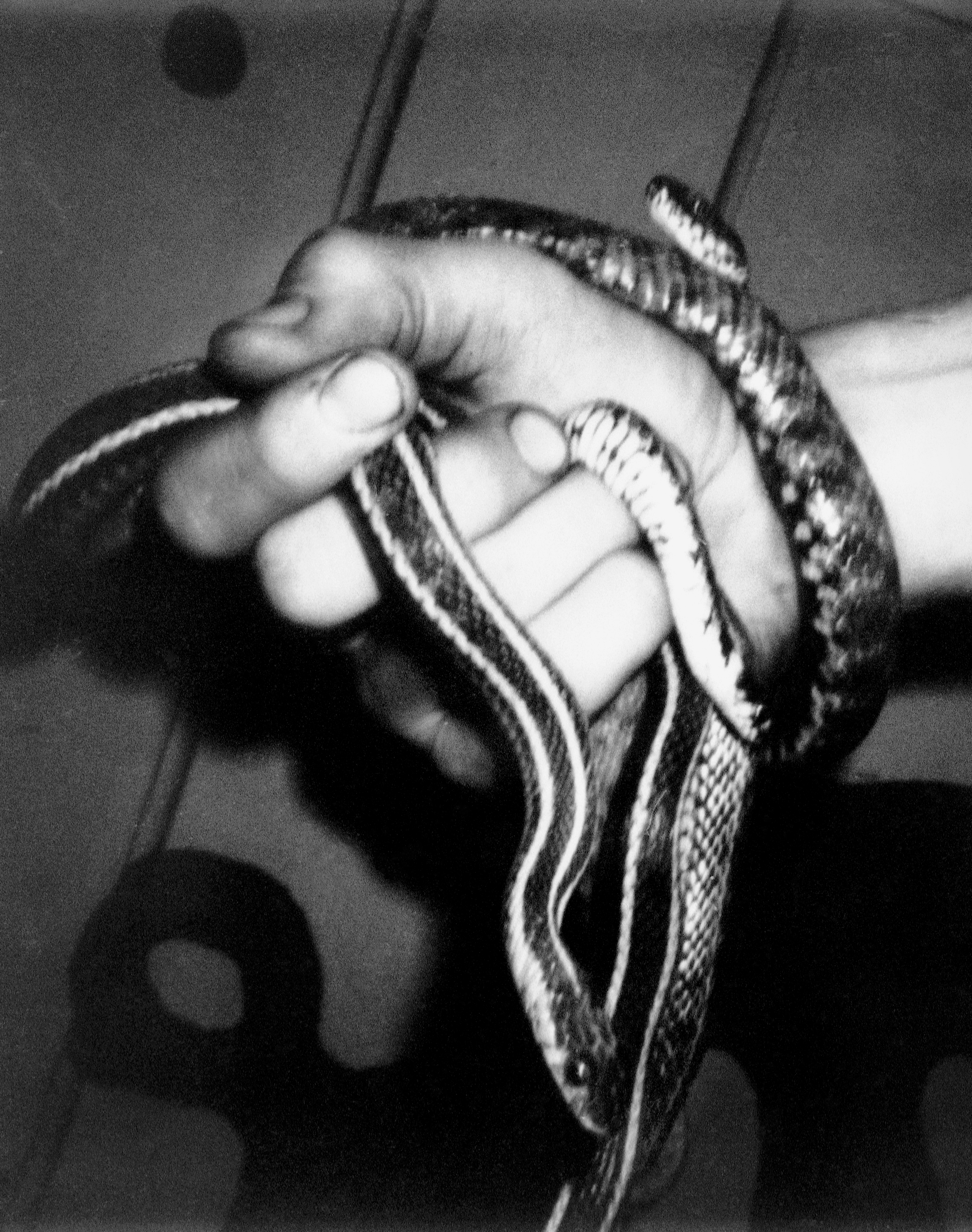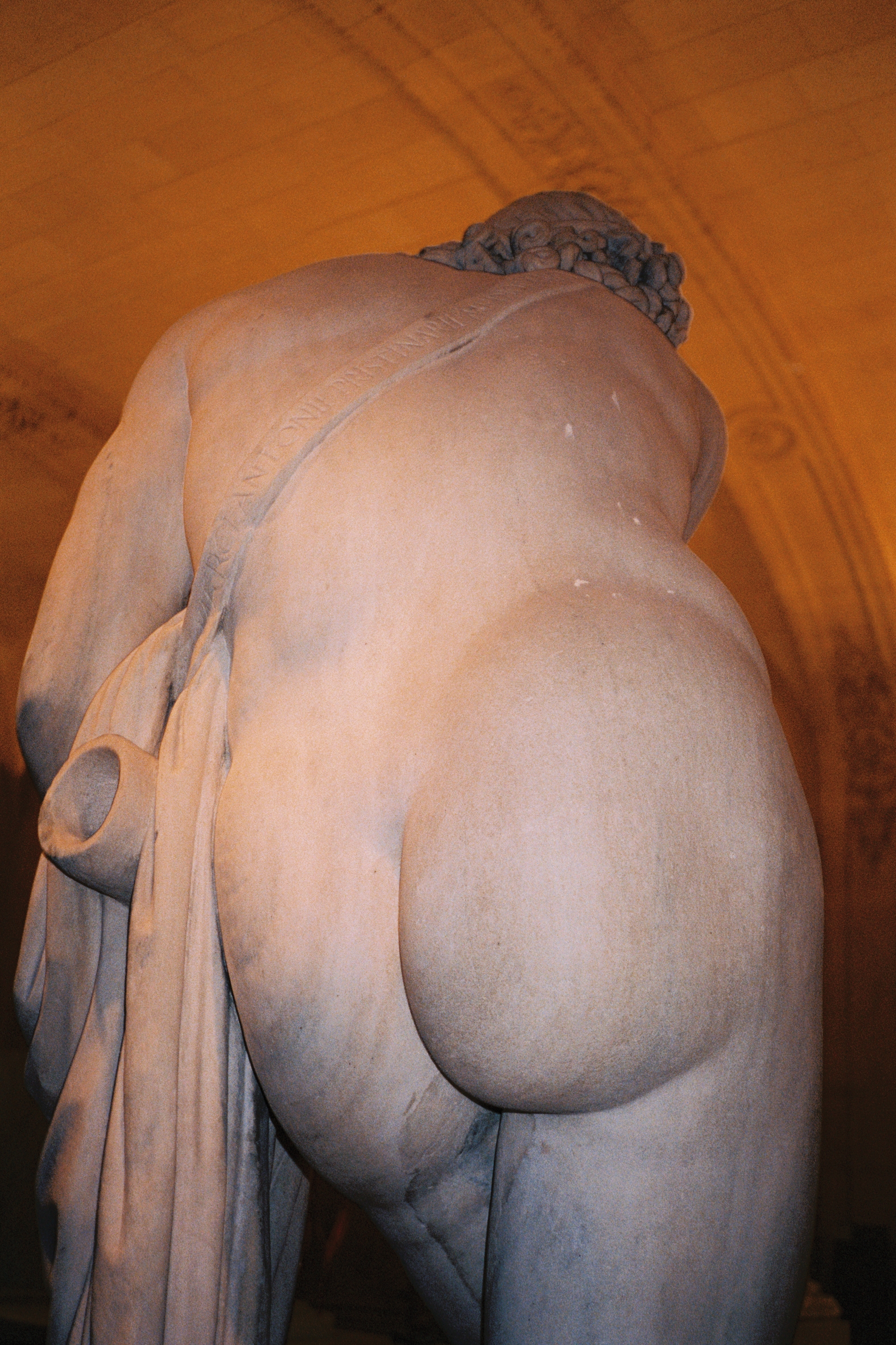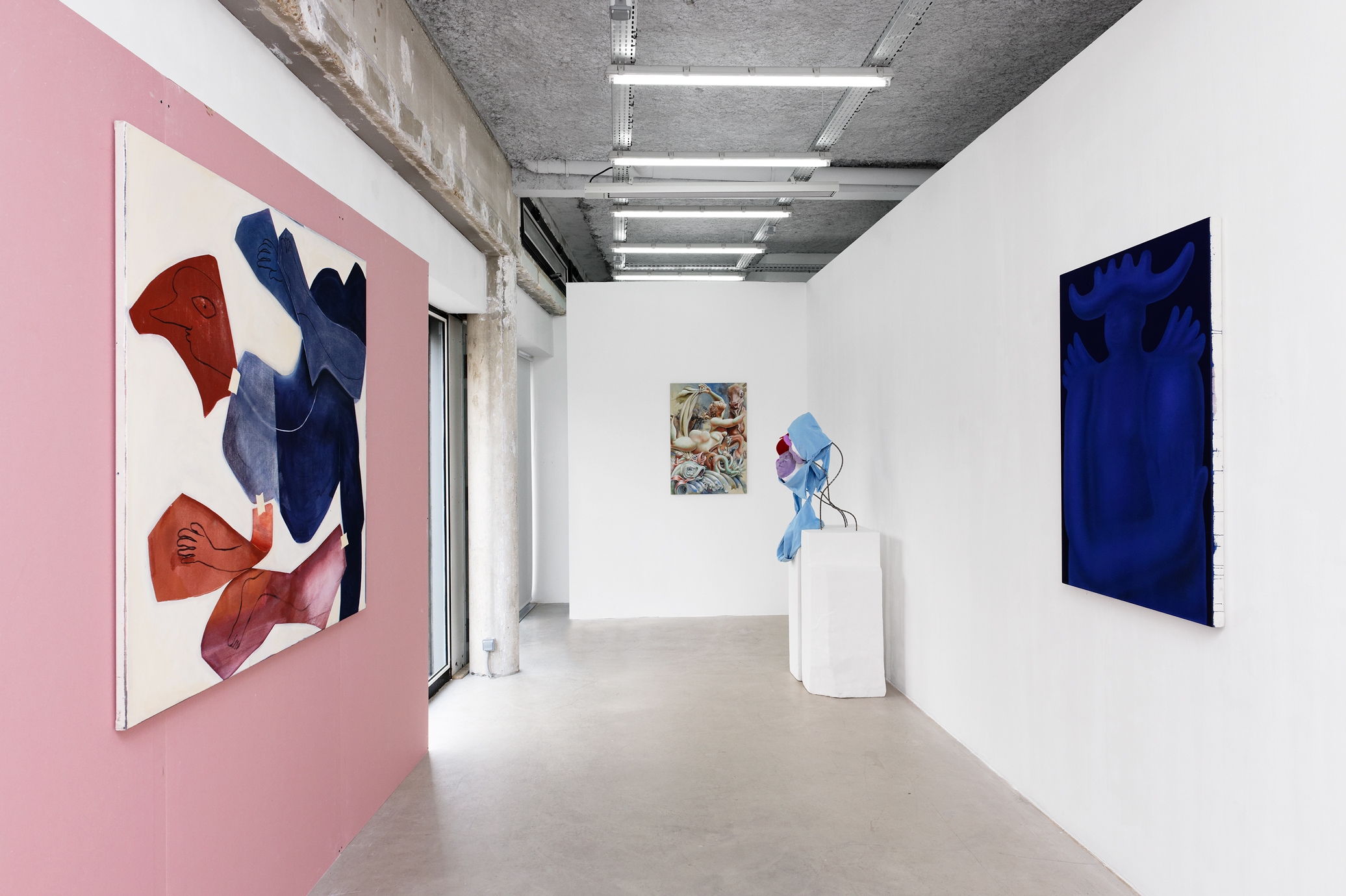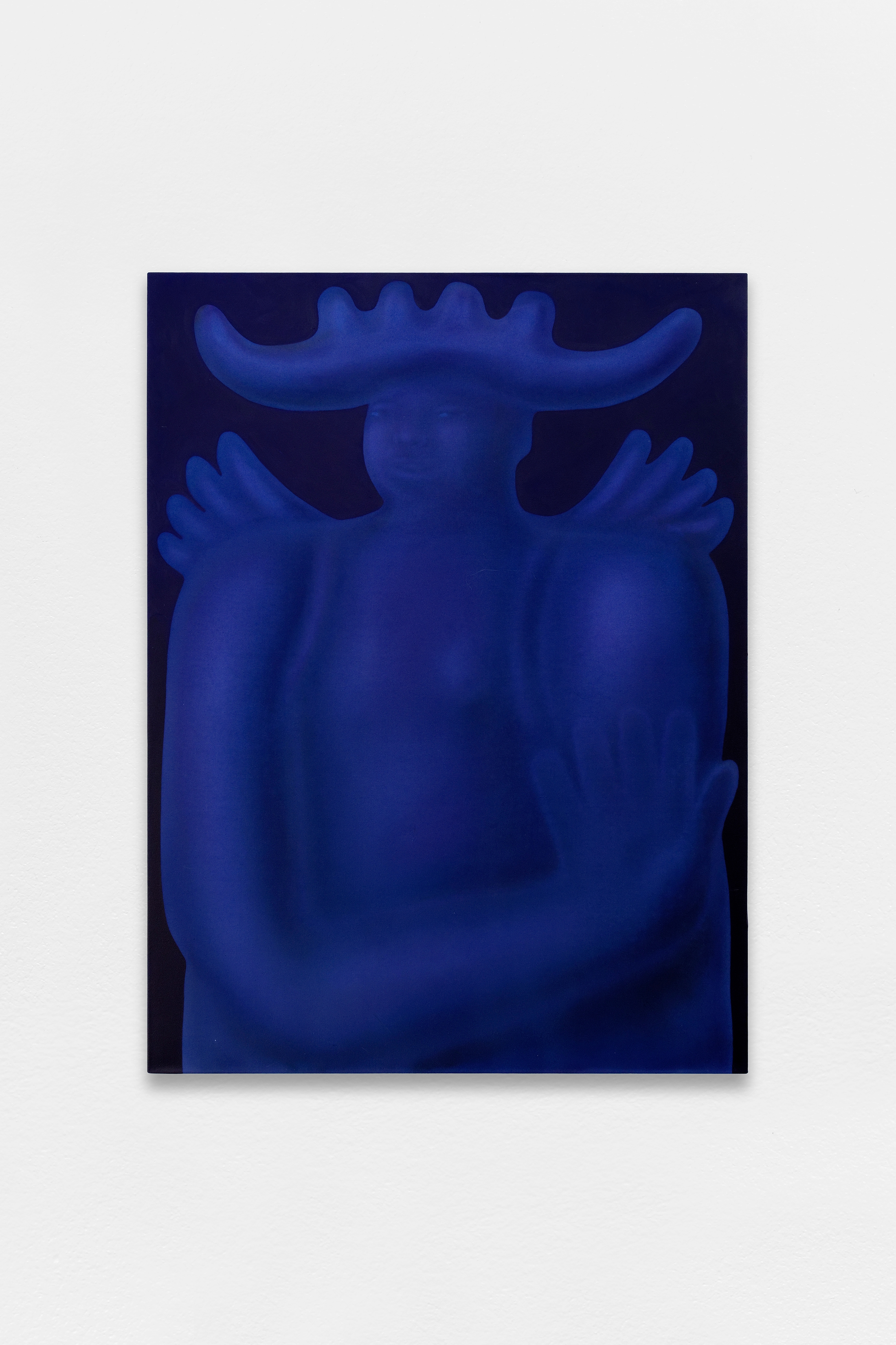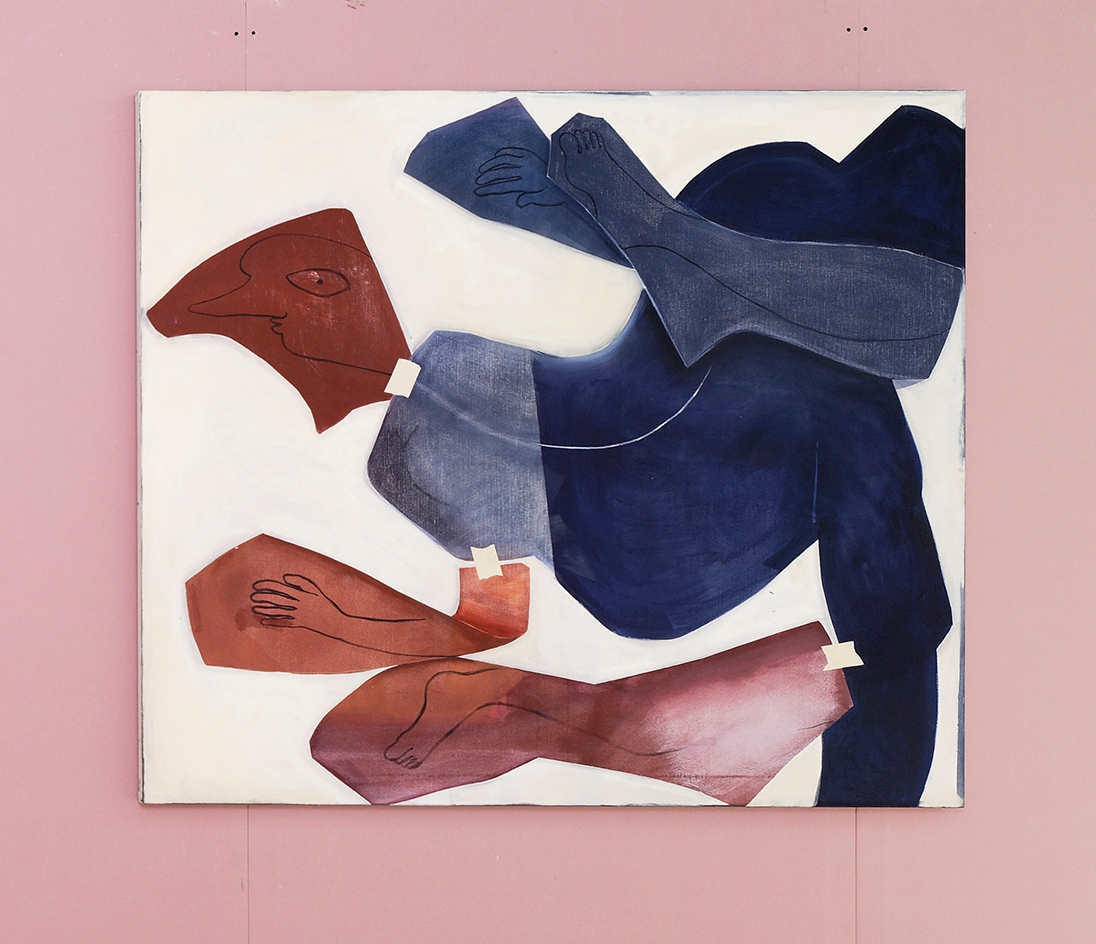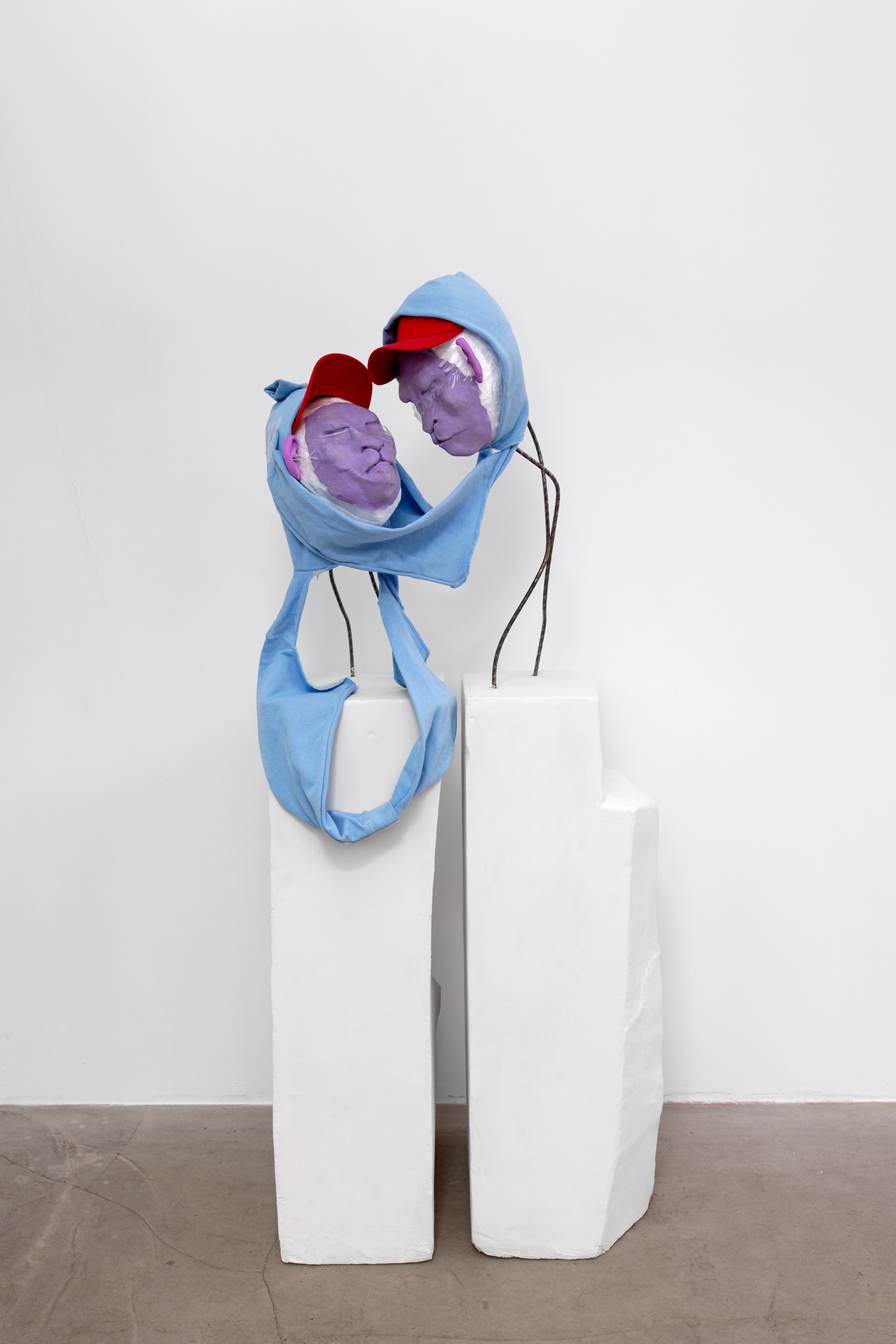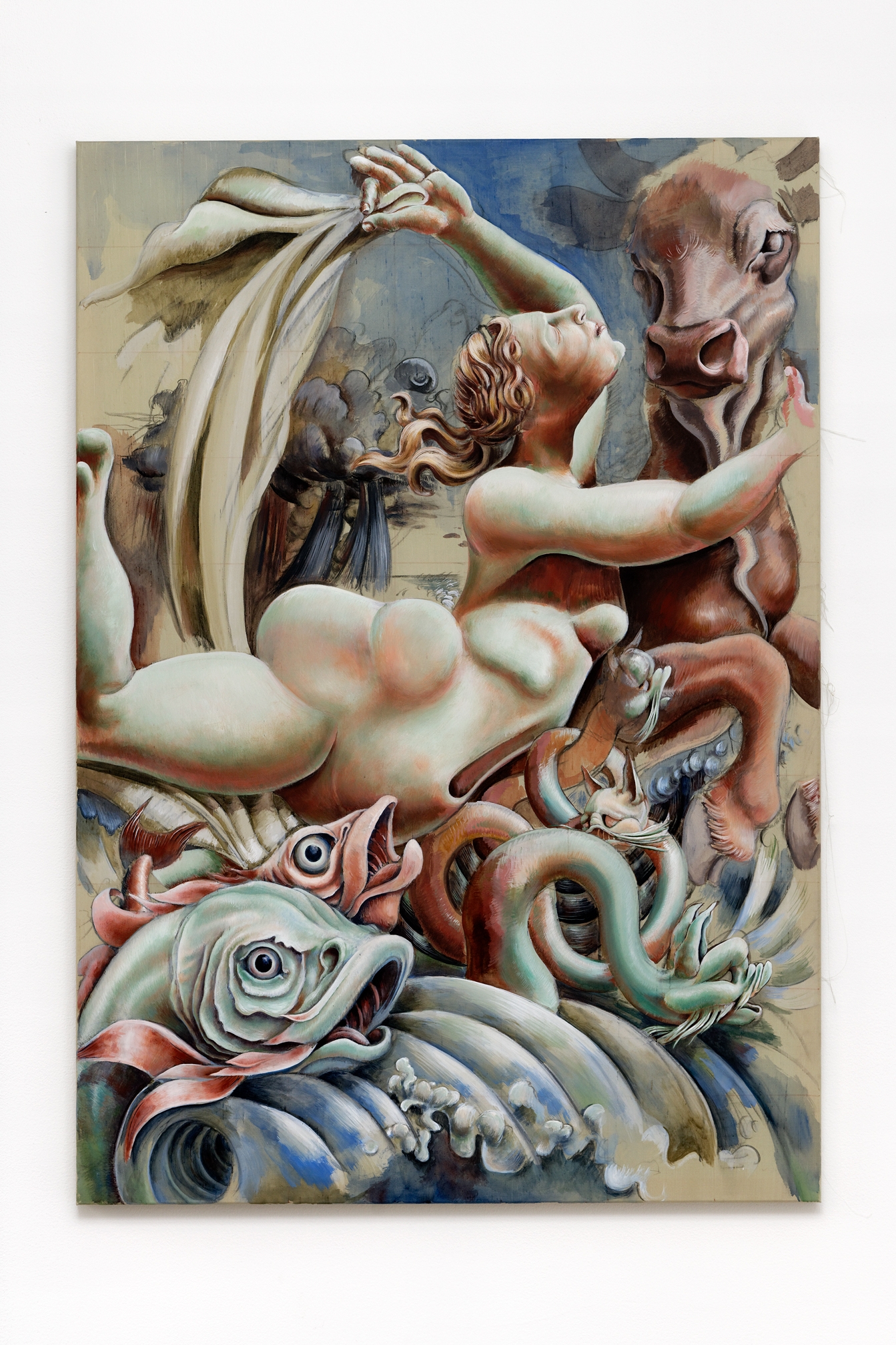Jesse Darling, Walter Pfeiffer, Carlotta Bailly-Borg, Jannis Marwitz, Alexandra Noel, Katja Novitskova, George Rouy
In Metamorphoses by Ovide, shapes, bodies, and things become confused through transformation. Either punishment or strategy, it is the symbol of a world where boundaries between subject and object, human and non-human, are unstable and porous. The body is the interpretation key of human condition, and its multiple metamorphoses are symbols questioning the permanence of gender, conditions of subjectivity, sexuality and violence.
This text was an endless inspiration for classical artists and is still peculiarly relevant. Baring fragmented identities and materialities, modifiable, disguised, almost interchangeable, these bodies reflect on the question of gender, foreshadowing plastic surgery and body transformation technologies and providing prolific mythological narratives – open to interpretations – to queer theories.
Over his poems, Ovide tells the story of the nymph Daphne, who is turned into a laurel to escape rape; of Jupiter the god becomes a bull to seduce Europe; and writes how the excess of self-love leads the young hunter Narcisse to be transformed into a flower. While those creatures’ shape varies from human to thing, their subjectivity remains, questioning the very basis of a political, social and symbolic system built on the absolute separation between the natural world and human society.
The destabilization and transgression of the norms governing the theatre of humanity, structured around patriarchy, European domination, and the all-power of “Man” over nature, is the object study and the creative driving force of the artists included in the exhibition. Just like Ovide, they draw the contours of a world that is multiple and fragmented. They question the absolute physicality of the body, its condition in space as well as time, and the constraints that ensnare them. These artists transgress the rules of the form and those of the spirit to create extravagant, joyous or worried chimeras. In looking carefully, one can feel the swaying of a life of their own, beyond the boundaries set by their frames.
♡
Dans Les Métamorphoses d’Ovide, les formes, les corps et les choses se confondent dans la transformation. Souvent punition, parfois stratégie, elle est le symbole d’un monde où les frontières entre sujet et objet, humain et non-humain, sont instables et poreuses. Le corps y devient la clé d’interprétation de la condition humaine, et ses multiples métamorphoses autant de symboles qui interrogent la permanence du genre, les conditions de la subjectivité, la sexualité et la violence.
Ce texte, qui fut une source d’inspiration inépuisable de l’art classique, semble aujourd’hui encore étrangement pertinent. Ces corps aux identités et matérialités fragmentées, modifiables, travestis, presque interchangeables, font écho aux questions de genre, préfigurent les technologies médicales de transformation du corps et fournissent un imaginaire mythologique foisonnant – aux grés des interprétations – aux théories queer.
Au fil des poèmes, Ovide fait le récit de la nymphe Daphné, tournée en laurier pour échapper au viol ; du dieu Jupiter, qui devient taureau pour séduire Europe ; ou encore du trop-plein d’amour-propre du chasseur Narcisse, qui lui vaut de se transformer en fleur. Or, si la forme de ces créatures varie de l’humain à la chose, leur subjectivité demeure, remettant en questions les bases même d’un système politique, social et symbolique structuré autour de la séparation absolue entre le monde naturel et la société humaine.
La déstabilisation des normes qui président au fonctionnement du théâtre de l’humanité, structuré autour de la domination patriarcale et européenne et de la toute puissance de l’ « Homme » sur la nature constitue l’objet d’étude et le moteur créatif des artistes présentés dans cette exposition. A la manière d’Ovide, ils esquissent les contours d’un monde décentré, multiple et fragmentaire. Questionnant l’absolue physicalité du corps, sa condition dans l’espace et le temps et les contraintes qui le brident, ces artistes transgressent les règles de la forme et de l’esprit. Tous créent des chimères extravagantes, joyeuses ou inquiètes, dont on ressent les palpitations d’une vie qui leur est propre, au-delà du cadre qui les enserre.

